(August 6, 2023) Home grown, made in India chocolate brand Naviluna in Mysore is the brainchild of its South African Founder, MD and Creative Director, David Belo. Located in a restored heritage home in Mysuru, the Naviluna cafe is the first bean-to-bar chocolate house in India and the first in the world to exclusively use Indian-origin cacao. Global Indian speaks to Belo about the bean-to-bar journey of the Naviluna brand.
Belo was born in South Africa at a time when most of Southern Africa was going through major geopolitical shifts. Cape Town was filled with symbols of the disruption of the times but also with hope in good measure. “Coming from a Portuguese family the world inside and outside the home was multicultural and multilingual, reflecting the long and complex history of the Cape of Good Hope nestled between the Atlantic and the Indian ocean,” David tells Global Indian. “The relationship between South Africa’s early beginnings, my own community, trade, food, and drink is as rich as it is deep.” He grew up exposed to the spices of Cape Malay kitchens, Cape Dutch BBQs, 300-year-old French Hugeonut Wine Estates, traditional Xhosa outdoor cooking and Filipino fishing communities. It was a rich and versatile cultural heritage that had a profound influence on Belo’s own 20-year journey in food and drink, spanning Africa, Europe and Asia.
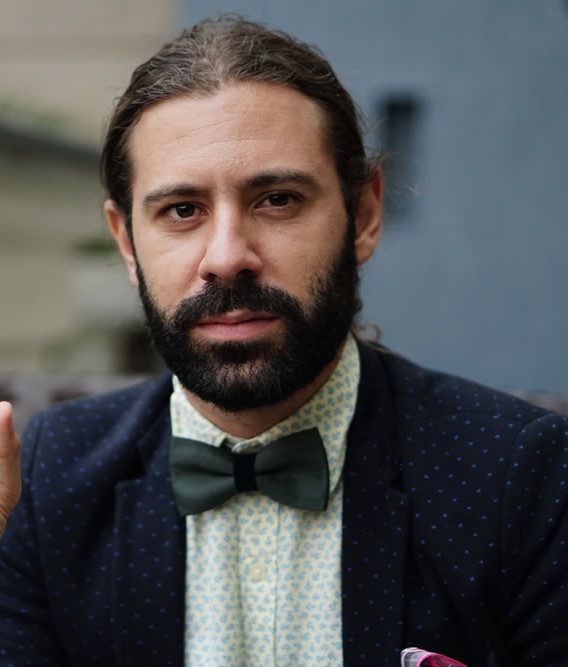
David Belo, founder of Naviluna in Mysore.
He spent the latter half of his education in South London and started mixing cocktails in the West End whilst studying business at university. “I was playing in bands at the time, squatting in disused buildings and skateboarding whenever I found the time. It was living for the moment, but the moment had a trajectory and I knew living that fast wasn’t sustainable,” David recalls. “Long story short I found meditation, travelled, retrained as a sourdough bread baker in the English countryside and ended up in Mysore just looking for a place that reminded me of Cape Town but was still new and inspiring. I am still here 12 years later.”
Business Sense
For someone who has always admired designers like Paul Smith and Yves Saint Laurent, his cocktail background drew him closer to old-world, craft-based FMCG like H. Upman cigars in Havana or the old sherry makers of Jerez. “I felt the chocolate space was lacking both a solid brand image as well as the craftsmanhip seen in so many other food and drink traditions. Being Portuguese, we have had a relationship with cacao that spans both centuries and the globe, so perhaps it was in my blood.” However, his initial days in the business were very tough and he admits that it was only in the last year that things have started to settle down and fall into place. “Manufacturing is hard you know, things are always breaking down, logistics can be temperamental, Indian bureaucracy works hard at maintaining its reputation and people can be unreliable. The fact that we were bootstrapped from the beginning made it even tougher. In hindsight those conditions gave rise to a company culture that was honest, to the point, efficient and totally product focused. We spent nine years perfecting our craft, establishing our brand values and are now ready to start building and scaling the company.”

Choco Cues
Naviluna is the first bean-to-bar chocolate house in India and the first in the world to use Indian origin cacao exclusively. Their approach to the craft of chocolate making is very much terroir-centric to showcase the wealth and diversity of the subcontinent and this is seen in their chocolates as well. Their café in Mysore opened late last year sits on top of the factory in a 150-year-old heritage bungalow that his team and he have spent the past six years restoring. “For the past nine months we have focused on our coffee program at the cafe serving up a selection of classic 1950’s Italian style coffee and chocolate drinks using arabica A grade coffee sourced and roasted by Beanrove who have their own estates in Chikmagalur. You won’t find more contemporary trends like pour-overs or an AeroPress. Like everything else at Naviluna it is about finding modernity through tradition whilst the thesis behind the menu at the cafe reflects our chocolate to showcase the best of what grows locally but with a unique and global perspective.” David also hosts gatherings at the Naviluna café, combining craft chocolate, gourmet dishes, homemade brews and spritzers along with house music, collaborating with music producers from all over India.
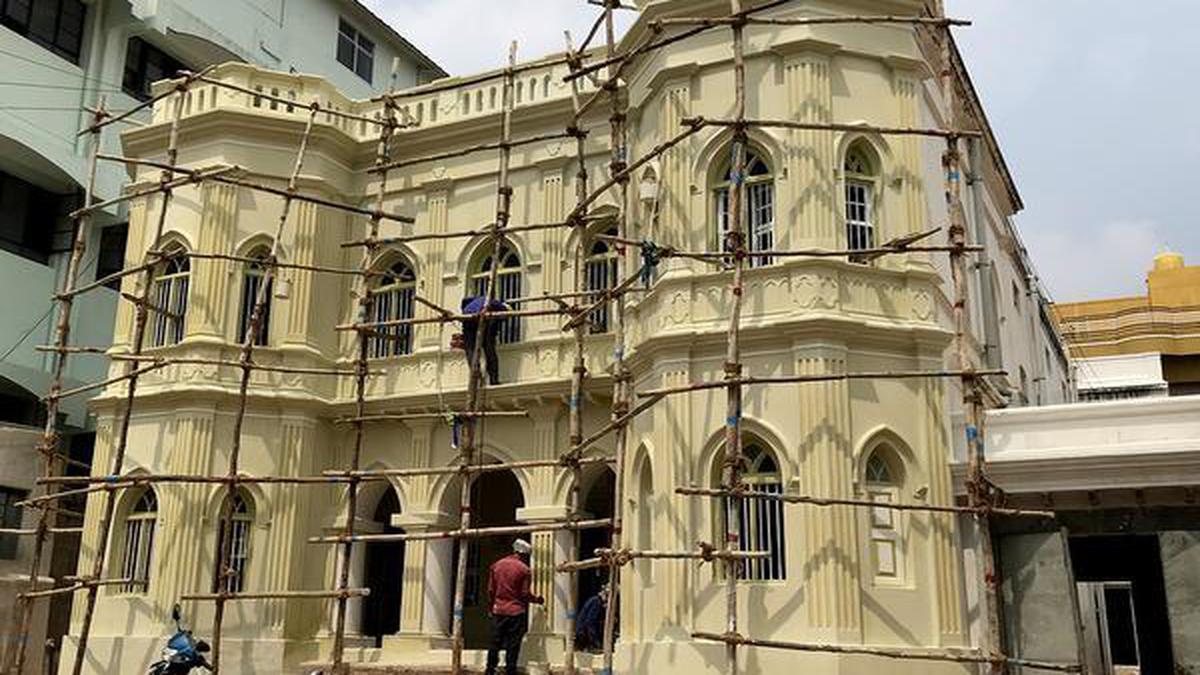
Future Perfect
Naturally, he has learnt many lessons and says that to anyone looking at the space or small business in general is to focus on compounding work. “It is really important to build a body of work as opposed to doing jobs. The former will not only lay the foundation for a long and fruitful career but will offer guidance for the next steps ahead.” Currently he is working towards opening their first space in Bangalore which will be followed by Mumbai. “We are very clear that we are not selling a commodity but offering an experience and that chocolate is just our medium. Our stores will be designed and optimised for customer experience that communicates Naviluna’s lifestyle values as well as the nuances embodied by the craft of chocolate making at this level. I am really excited about these next steps. Three years from now we are looking at London and Lisbon as we start to establish this proudly made in Mysore brand in front of a global audience,” he signs off.



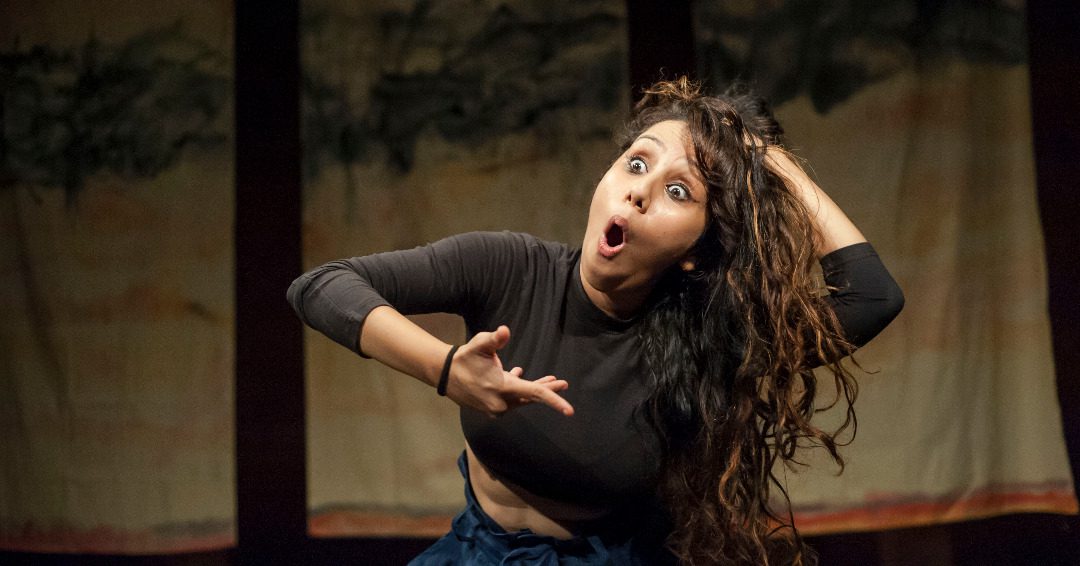
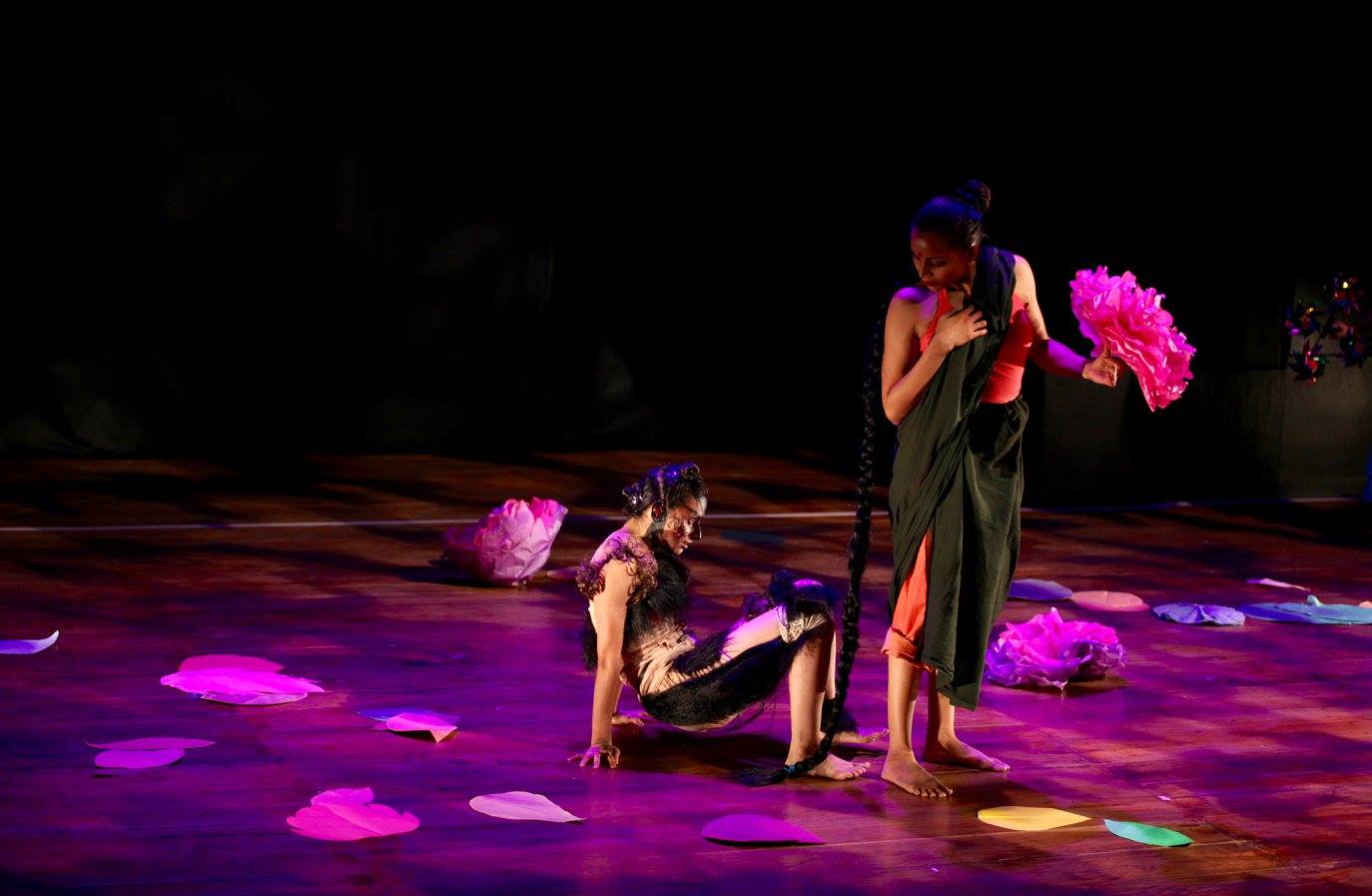 A Brief History of Your Hair (Photo courtesy: Virginia Rodrigues)[/caption]
A Brief History of Your Hair (Photo courtesy: Virginia Rodrigues)[/caption]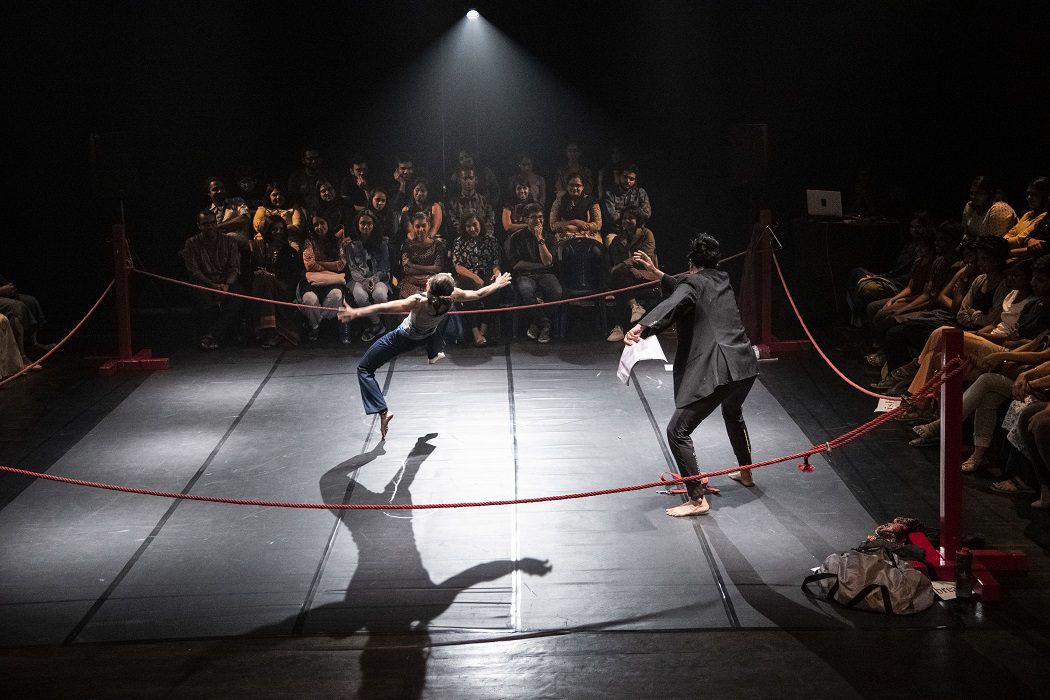 A still from the play I Am Not Here. (Photo Courtesy: Aparna Nori)[/caption]
A still from the play I Am Not Here. (Photo Courtesy: Aparna Nori)[/caption]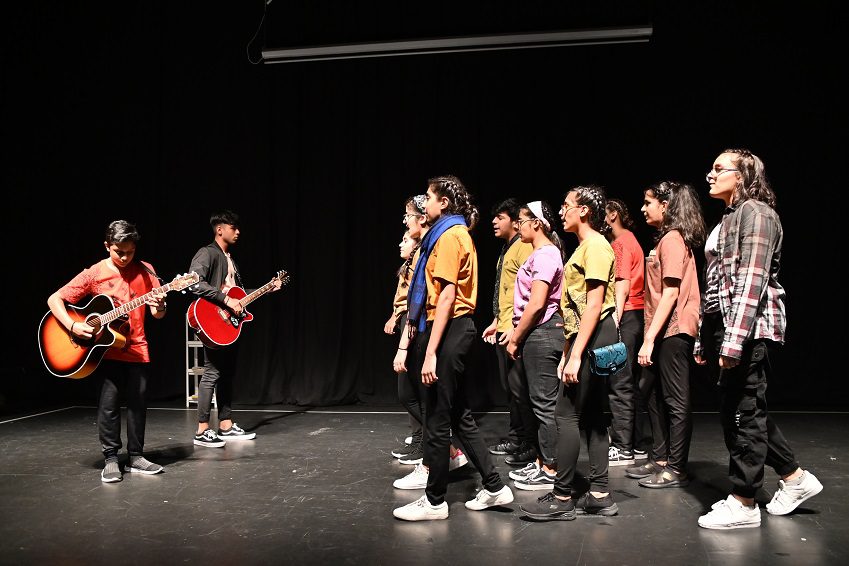 Unlisted by Liz-Ann D'Souza[/caption]
Unlisted by Liz-Ann D'Souza[/caption]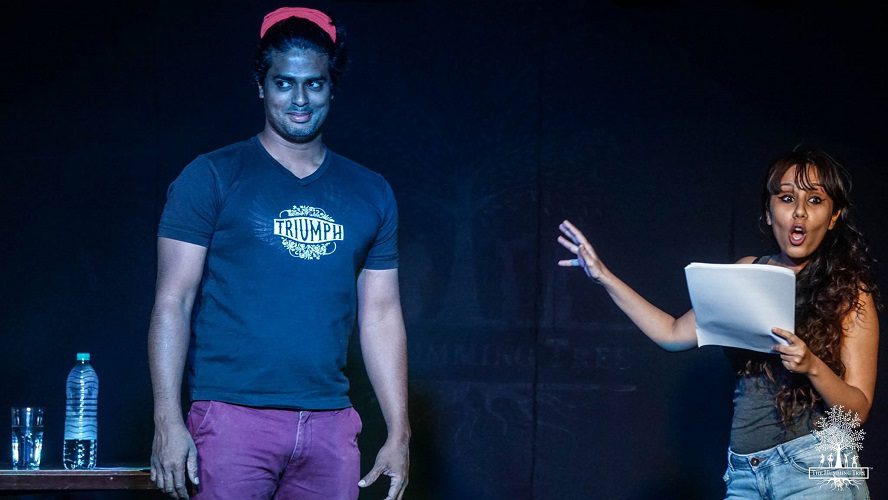 Deepika Arwind in White Rabbit Red Rabbit[/caption]
Deepika Arwind in White Rabbit Red Rabbit[/caption]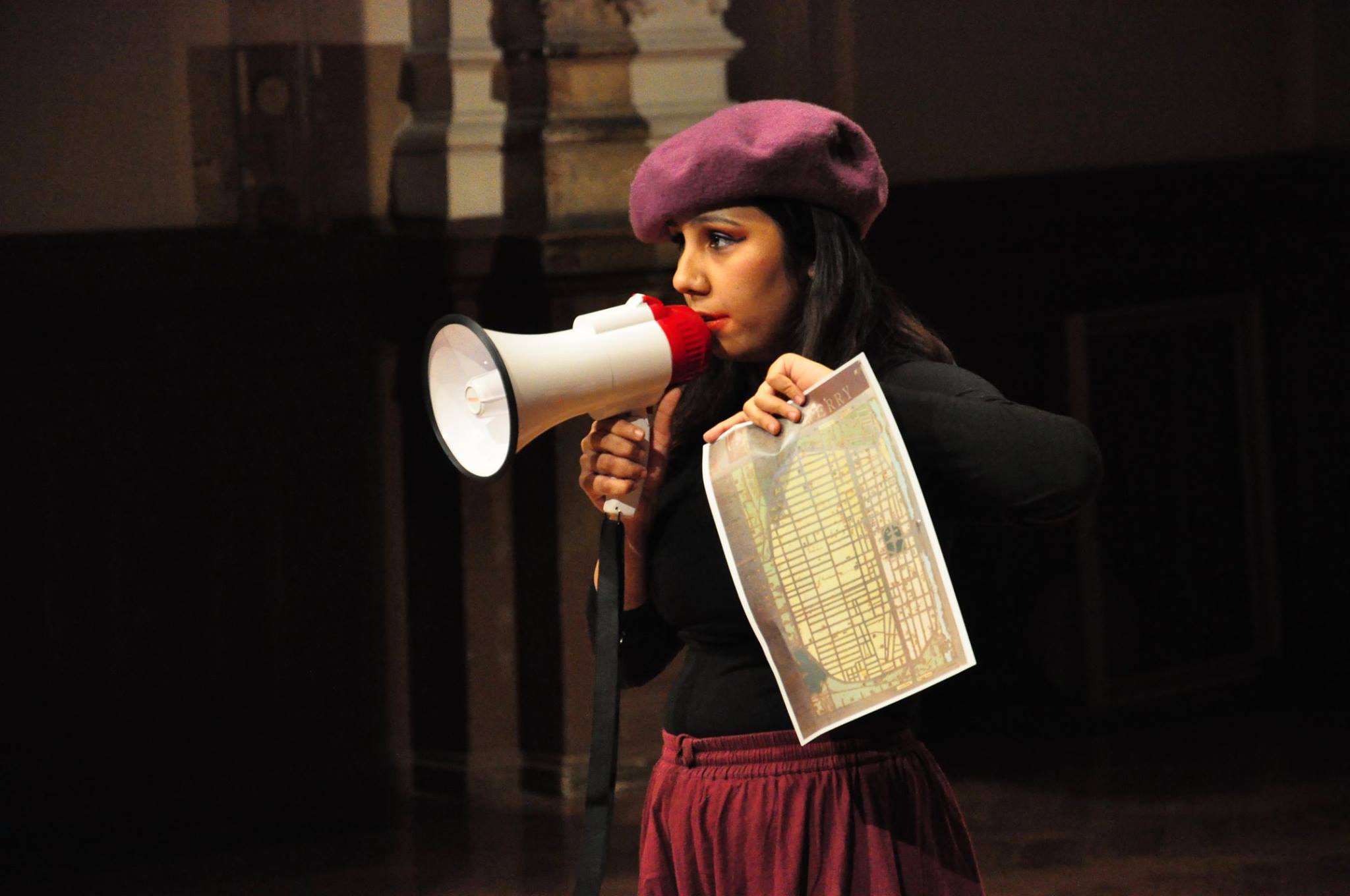

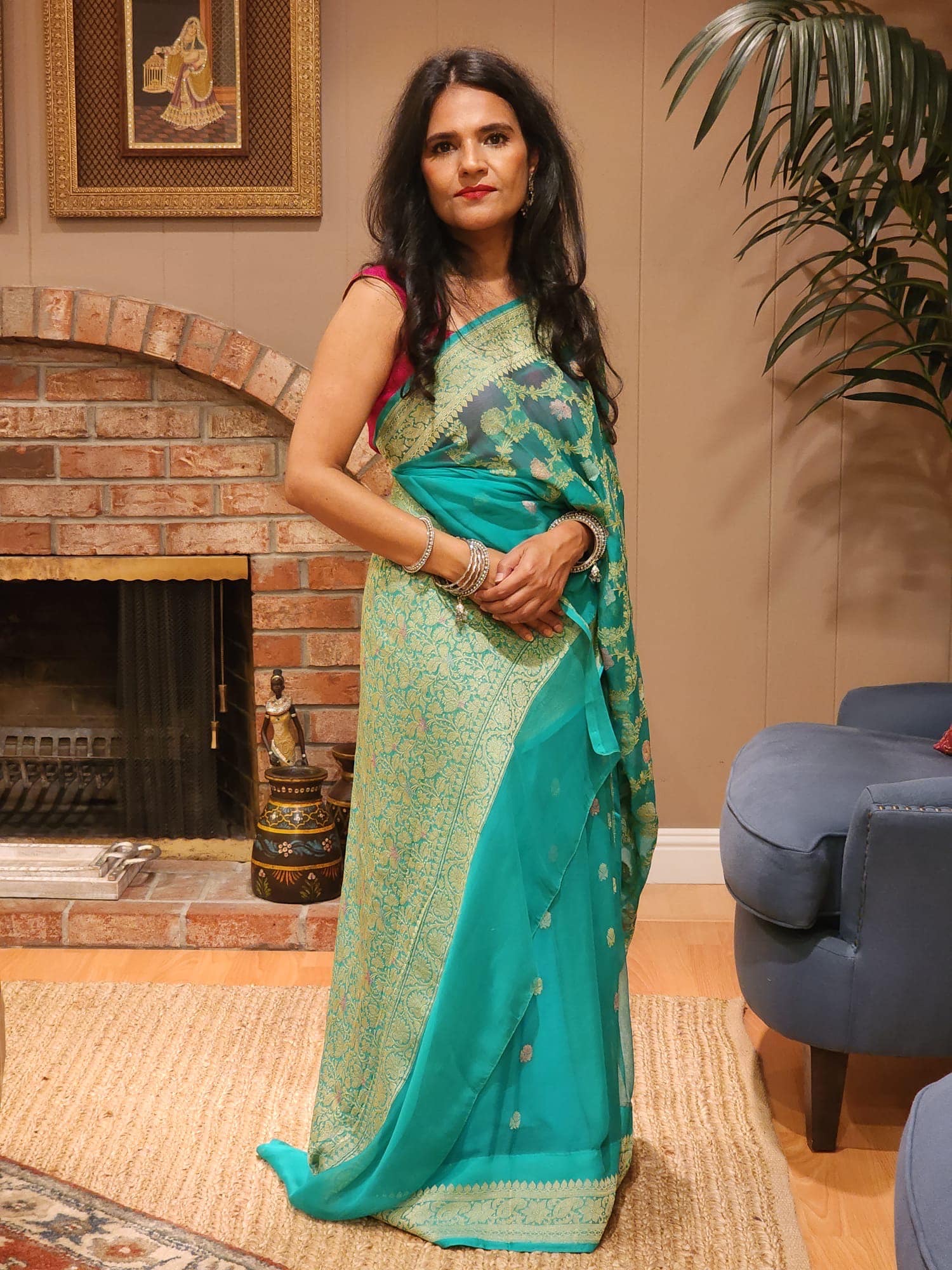 Entrepreneur Neena Pandey[/caption]
Entrepreneur Neena Pandey[/caption]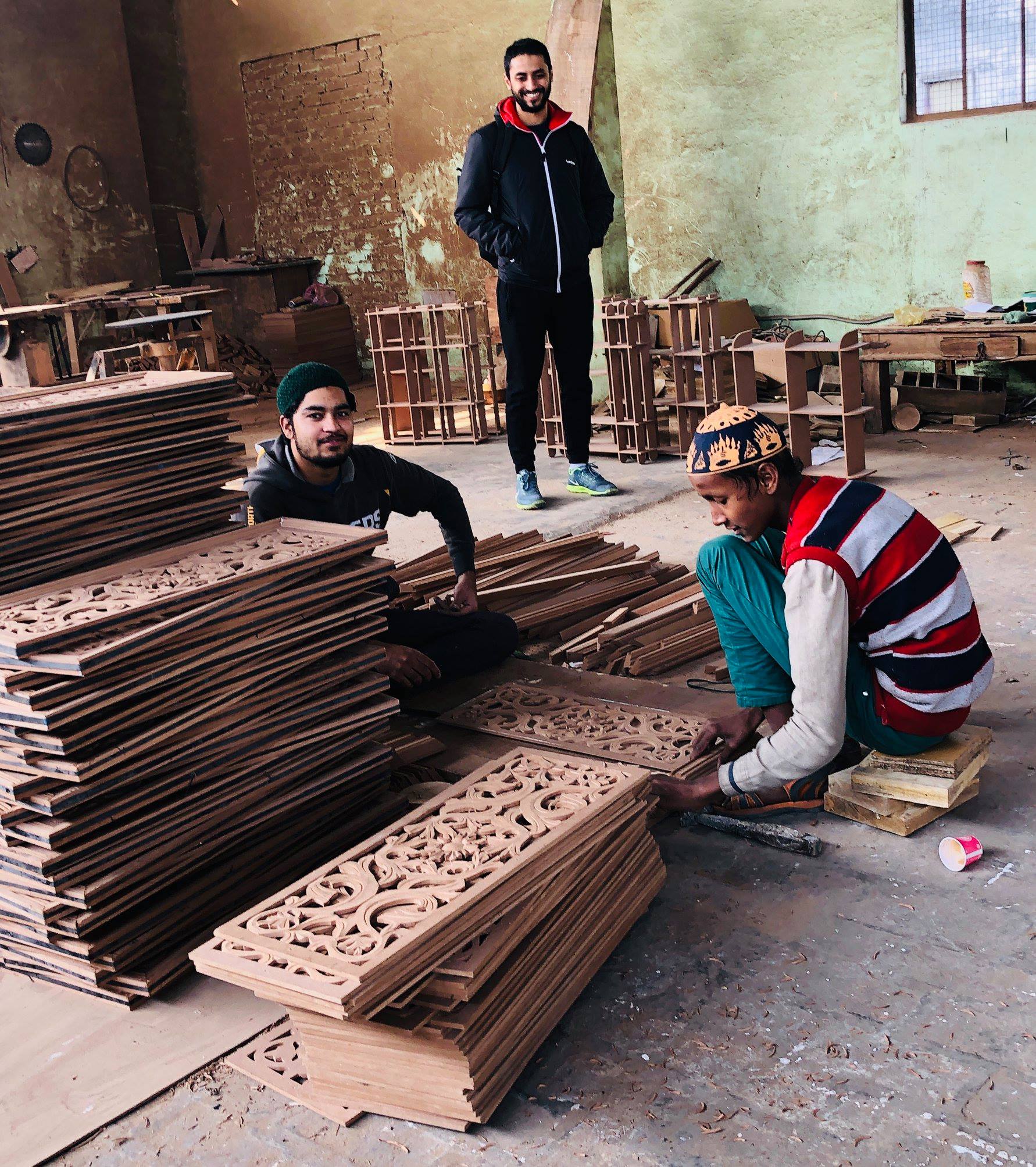 IndieRoots artisans at work[/caption]
IndieRoots artisans at work[/caption]
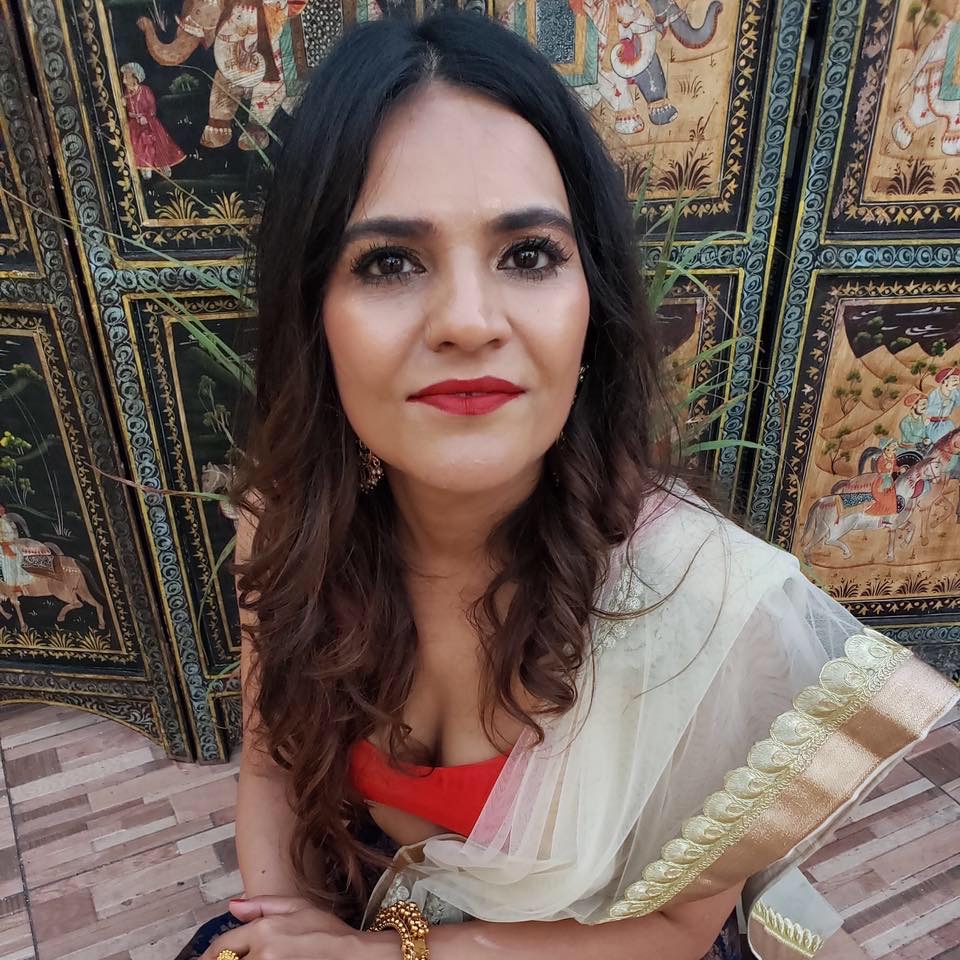 Entrepreneur Neena Pandey[/caption]
Entrepreneur Neena Pandey[/caption] Neena during the photoshoot for The String Code[/caption]
Neena during the photoshoot for The String Code[/caption] A collection from The String Code[/caption]
A collection from The String Code[/caption]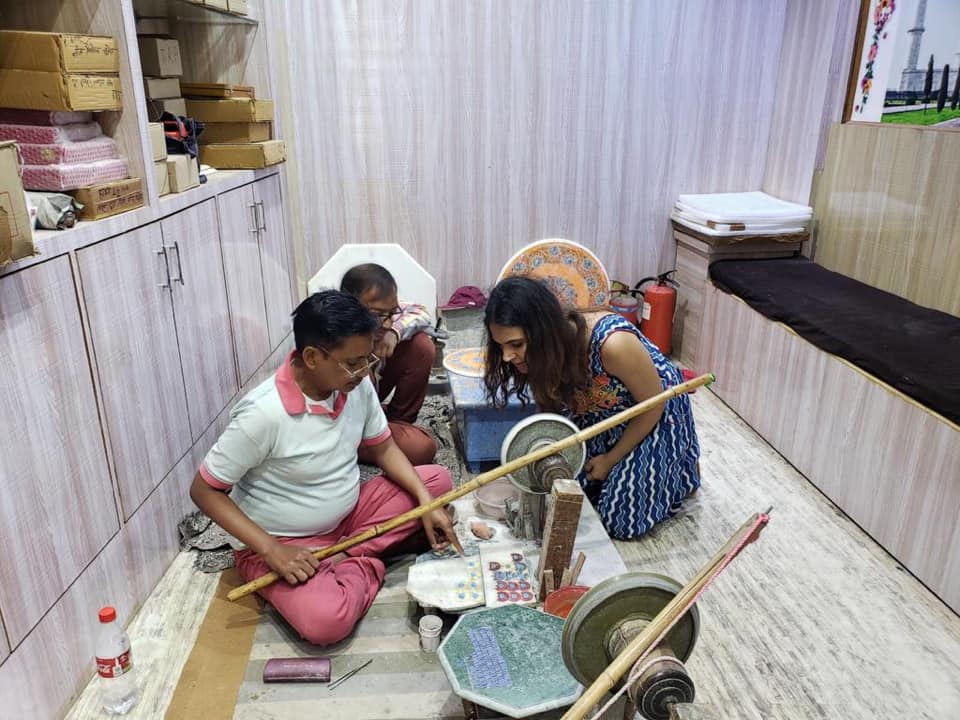 Neena with some of the artisans of IndieRoots[/caption]
Neena with some of the artisans of IndieRoots[/caption]
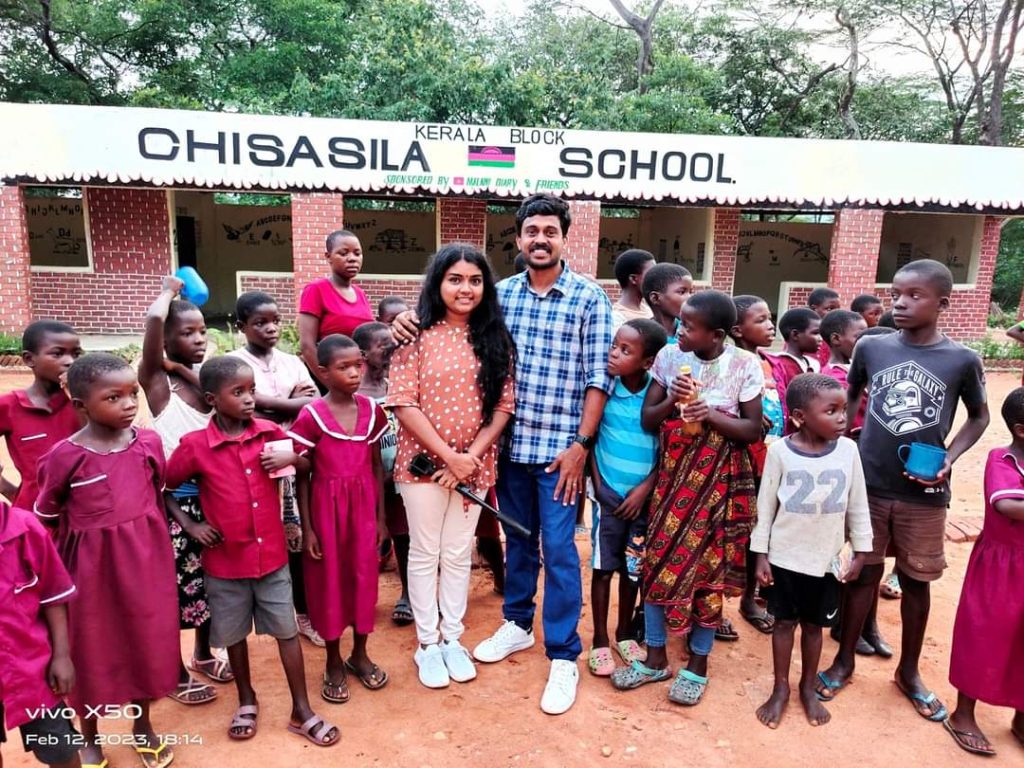 Arun Ashoka and Sumi at Chisasila School[/caption]
Arun Ashoka and Sumi at Chisasila School[/caption]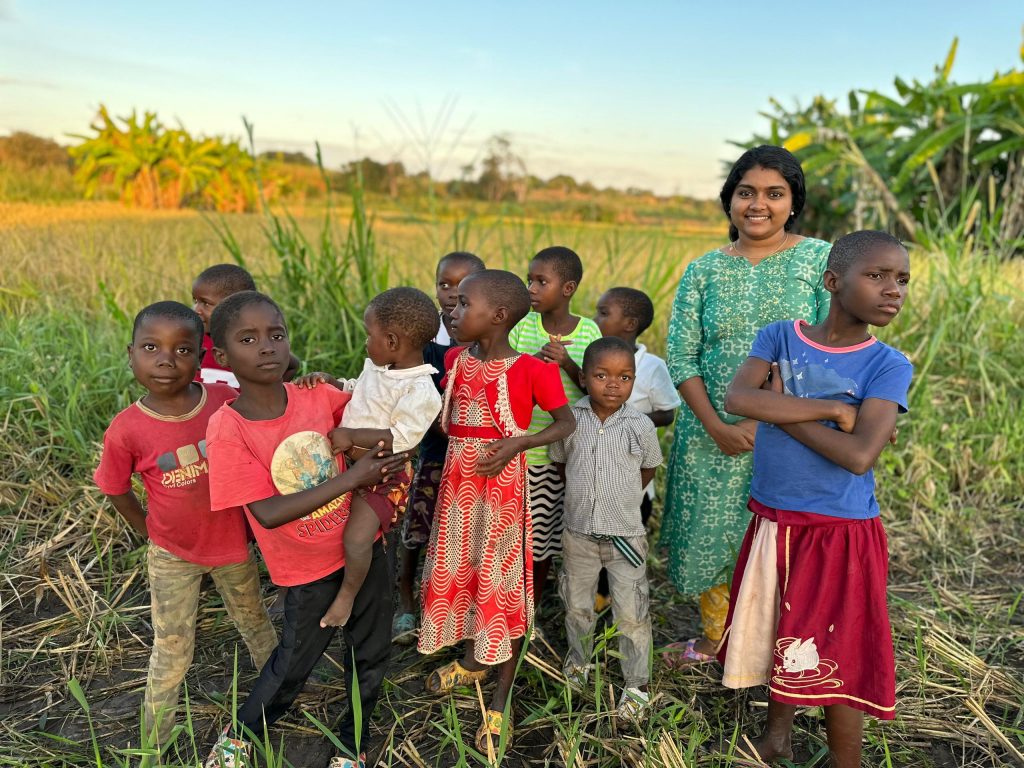 The children of Chisasila Village[/caption]
The children of Chisasila Village[/caption]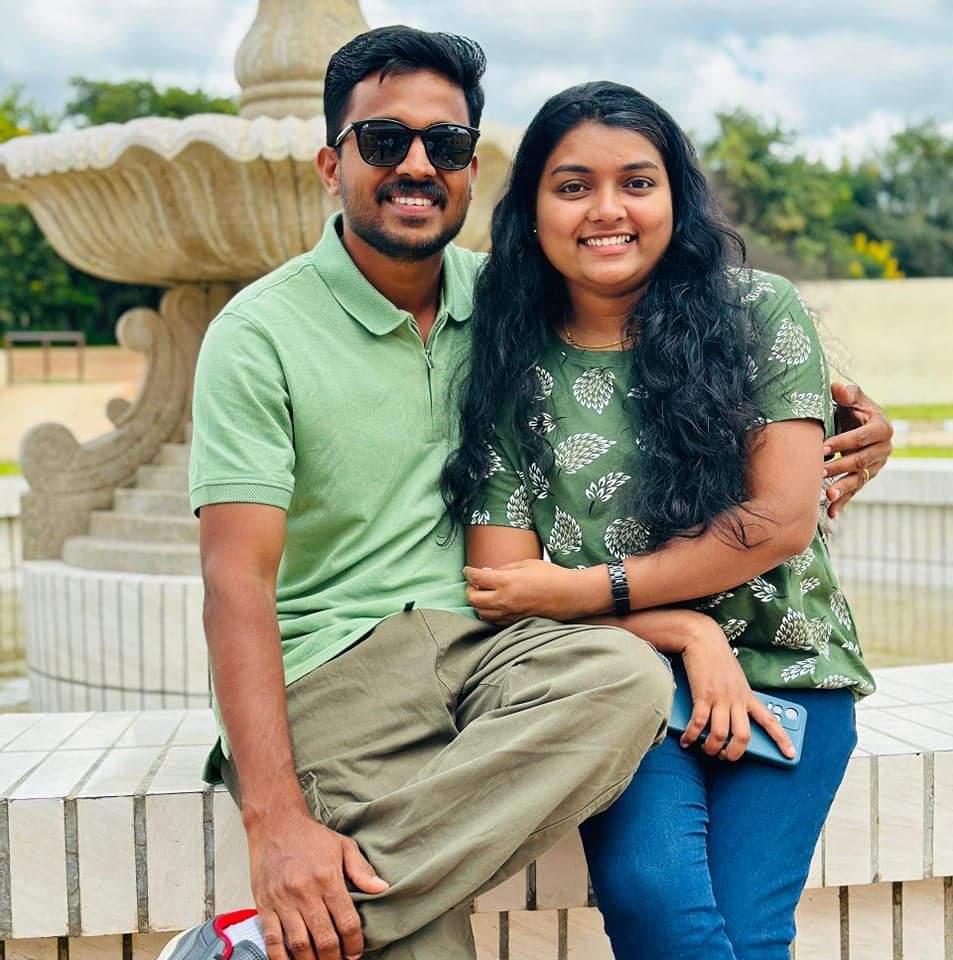 Arun Ashokan and Sum[/caption]
Arun Ashokan and Sum[/caption]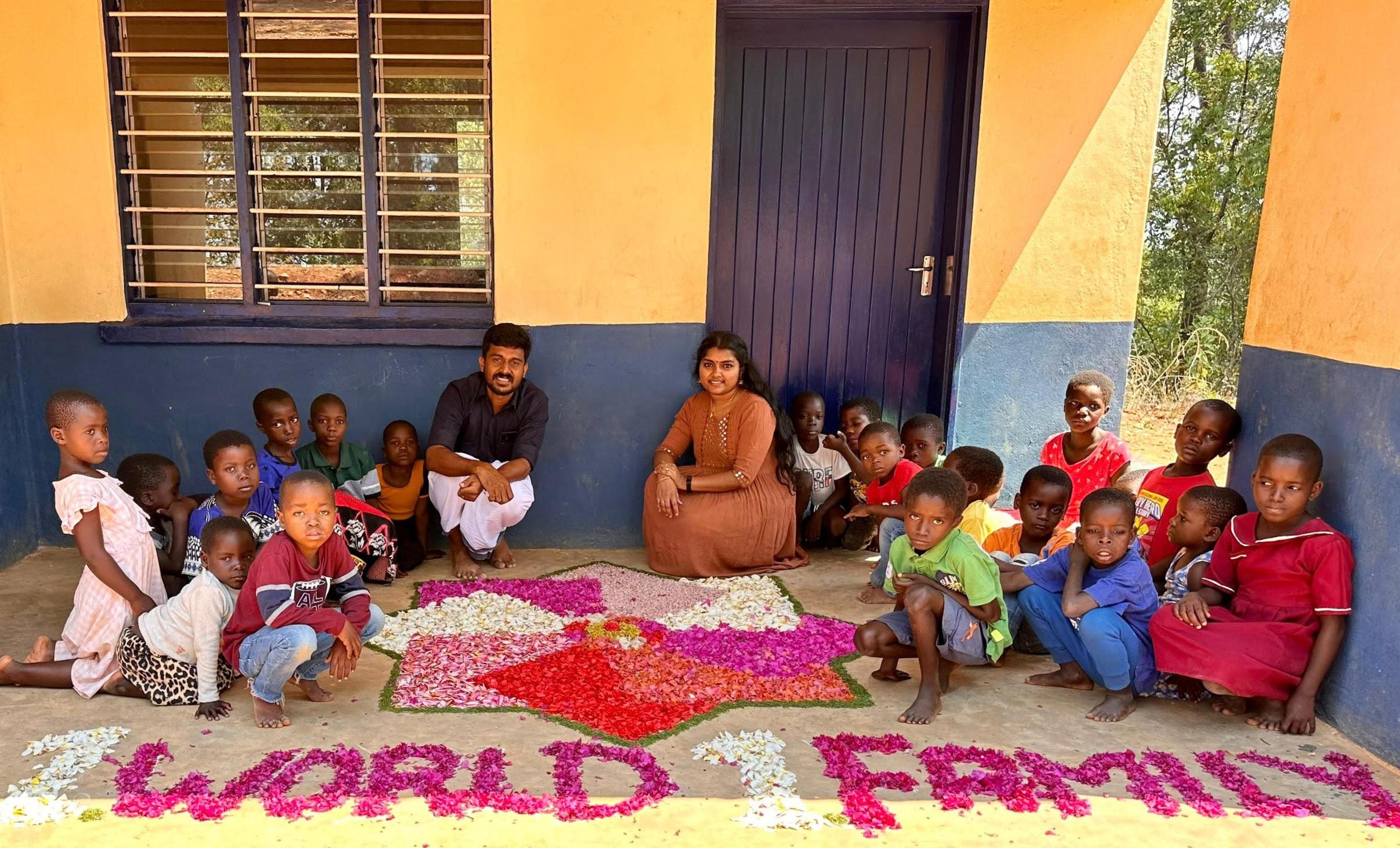
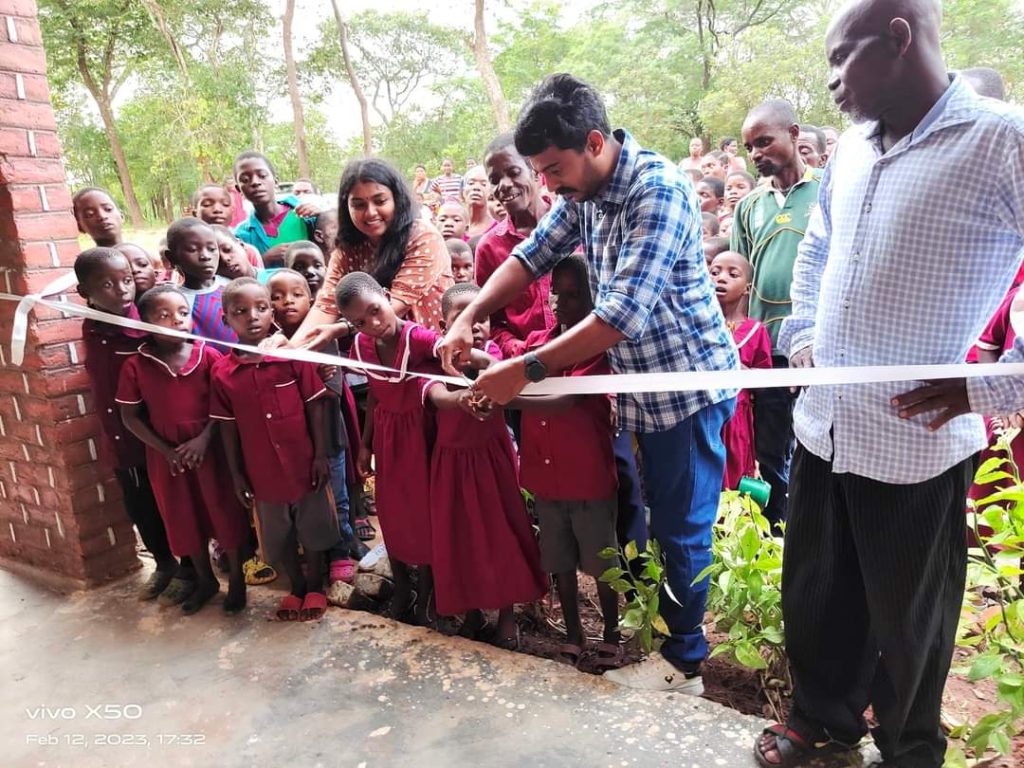 The inauguration of Chisasila School in Malawi[/caption]
The inauguration of Chisasila School in Malawi[/caption]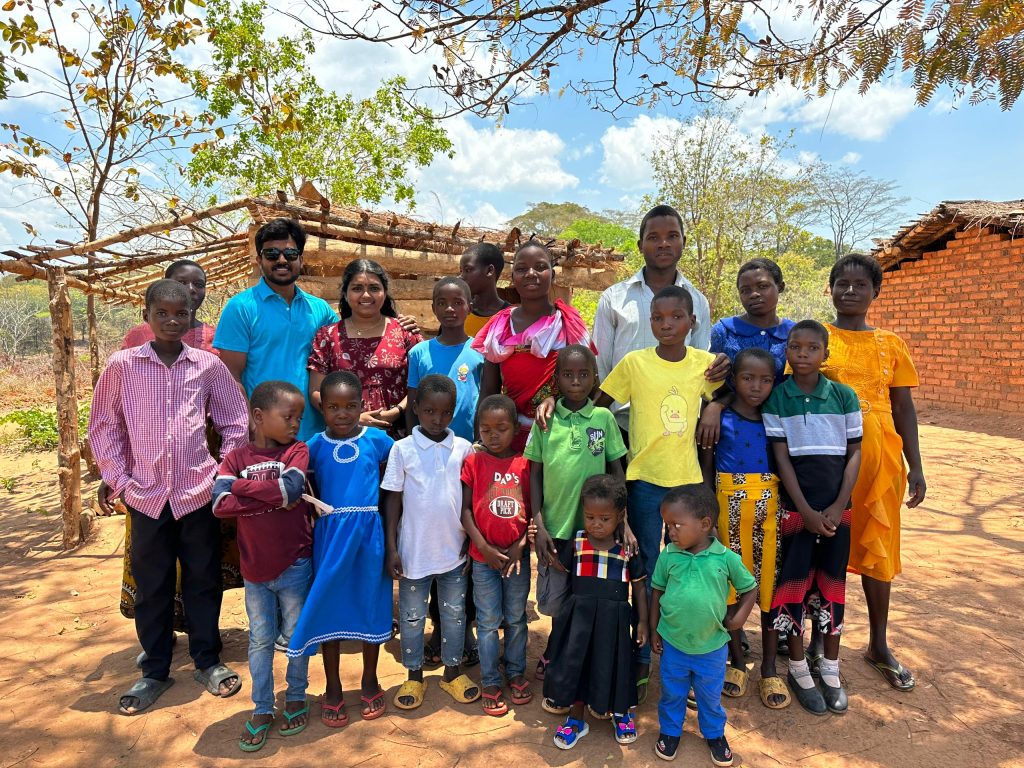 Chisasila Village in Malawi[/caption]
Chisasila Village in Malawi[/caption]
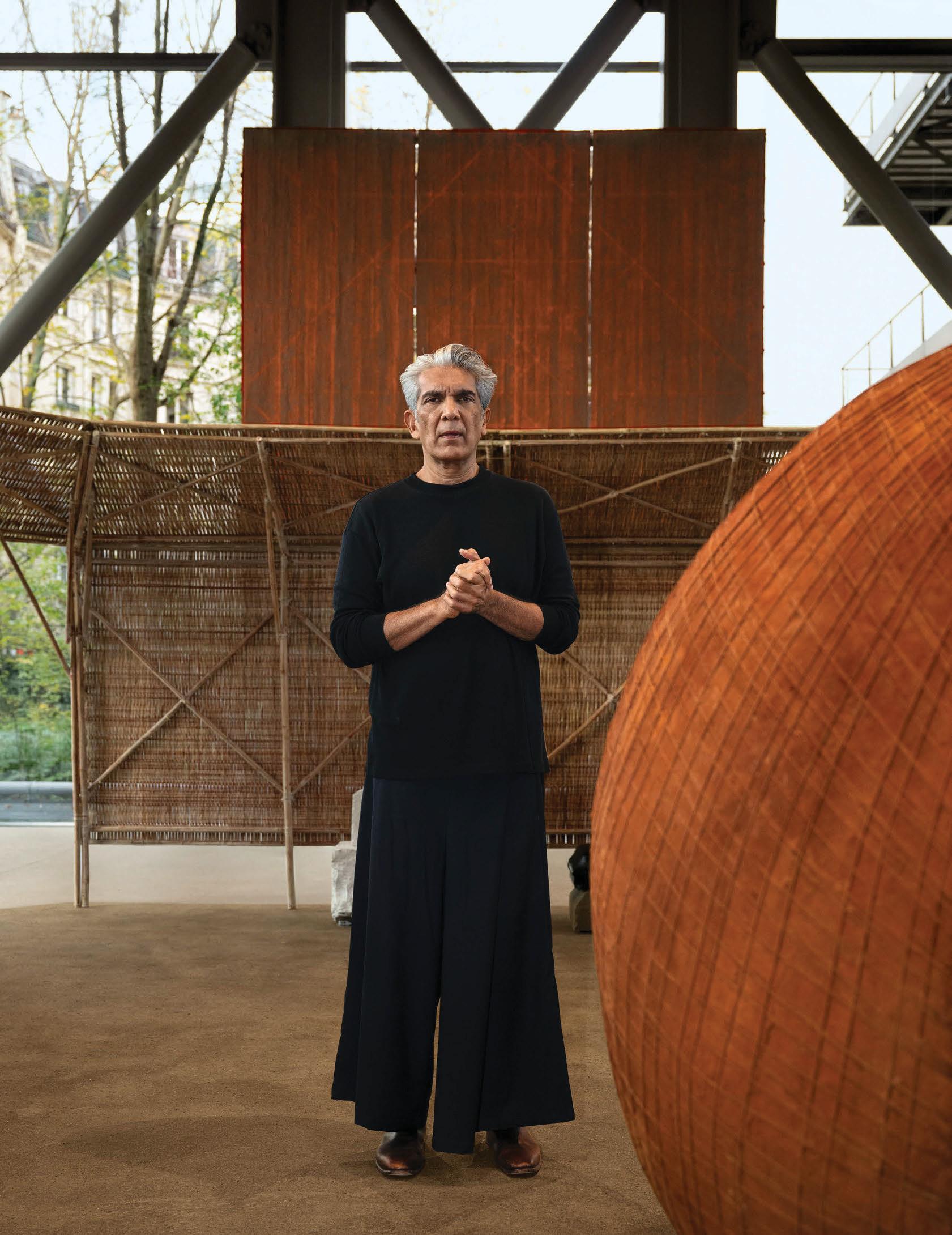
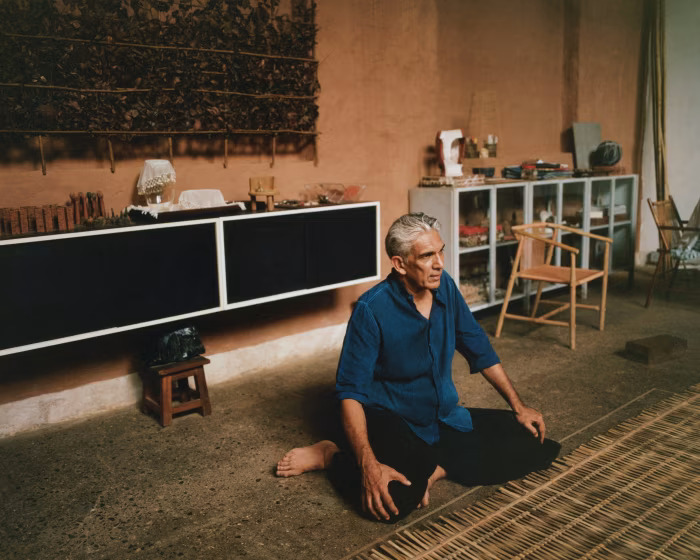
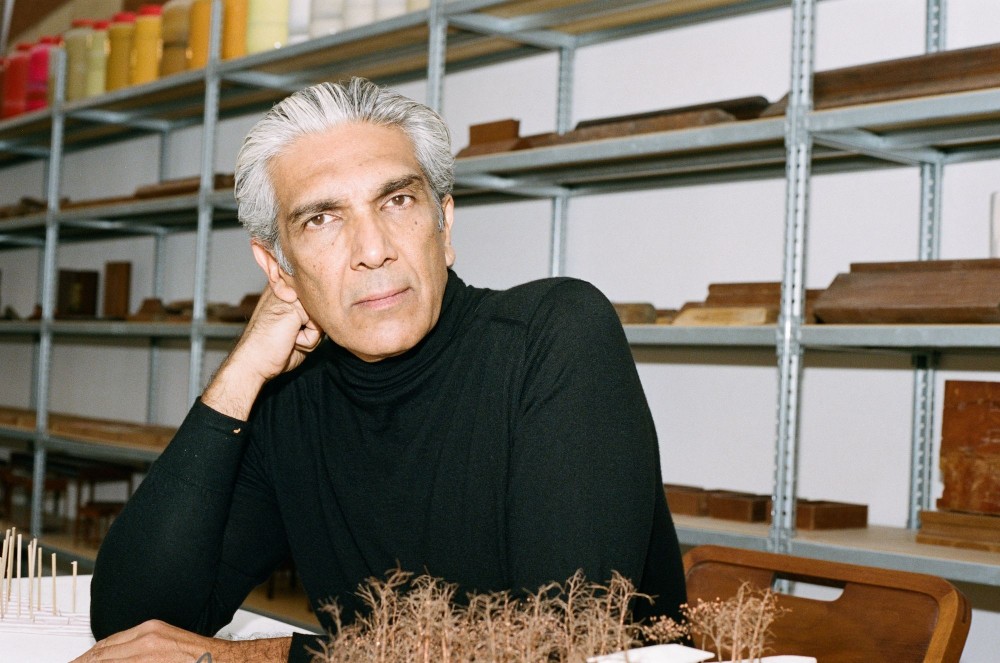 Bijoy Jain[/caption]
Bijoy Jain[/caption]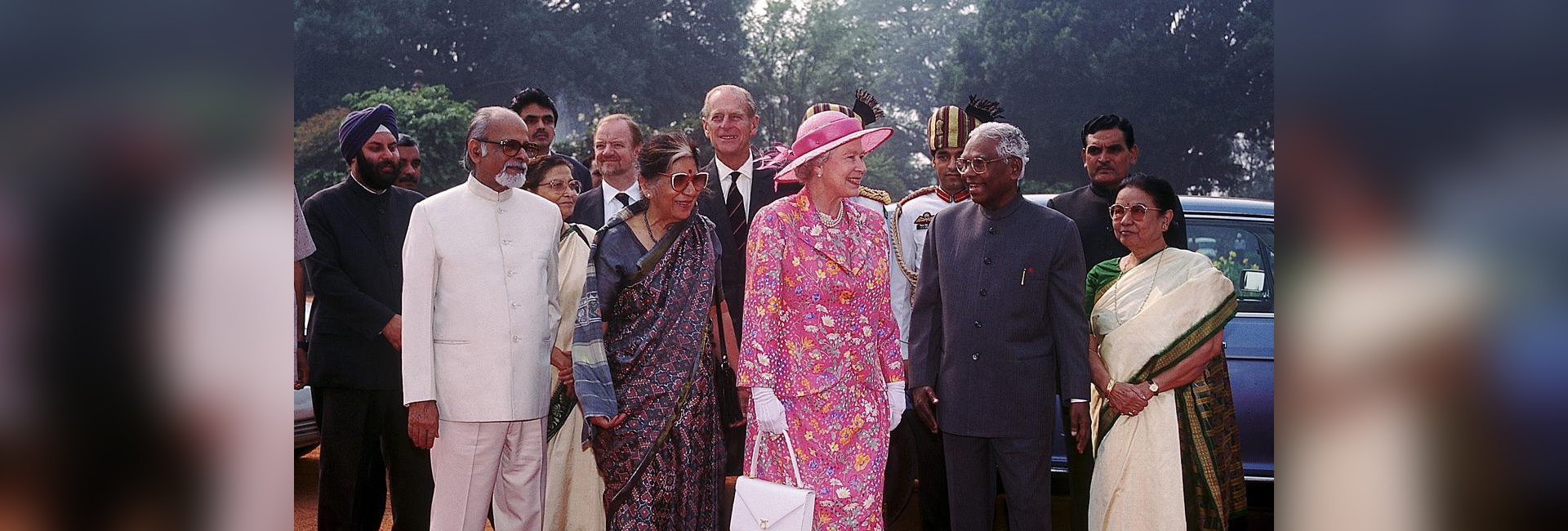
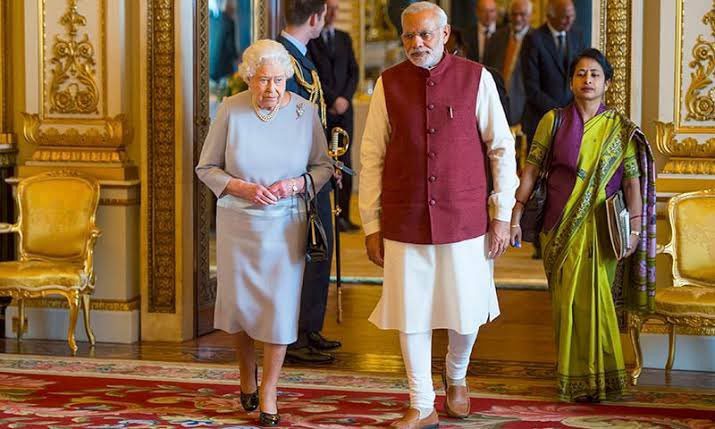 Queen Elizabeth II with PM Narendra Modi. Photo:
Queen Elizabeth II with PM Narendra Modi. Photo: 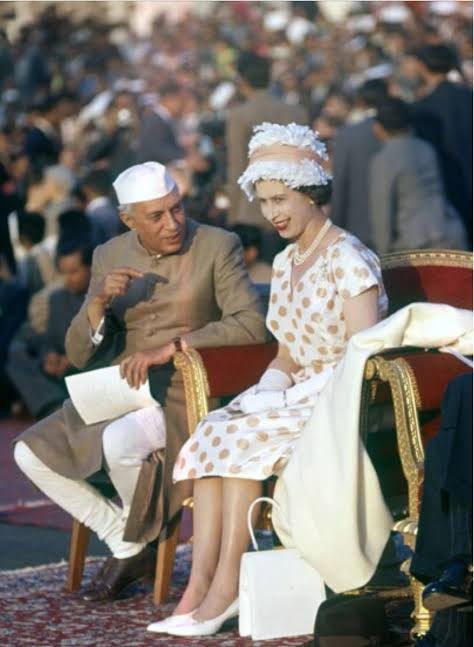 The Queen with former Prime Minister Jawaharlal Nehru at the Republic Day Parade, 1963[/caption]
The Queen with former Prime Minister Jawaharlal Nehru at the Republic Day Parade, 1963[/caption]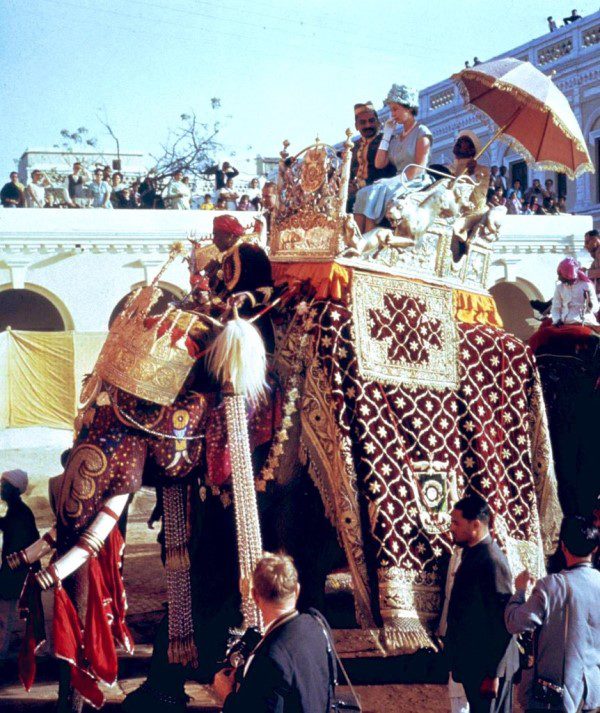 Atop an elephant in Benares[/caption]
Atop an elephant in Benares[/caption]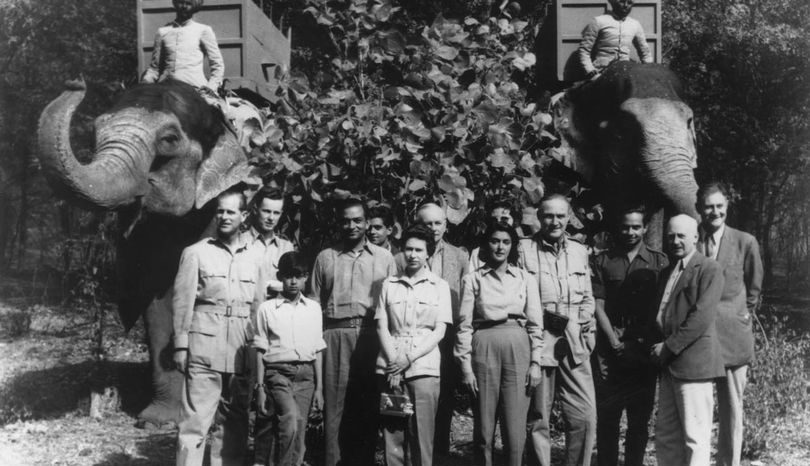 After the controversial tiger hunt in Jaipur[/caption]
After the controversial tiger hunt in Jaipur[/caption]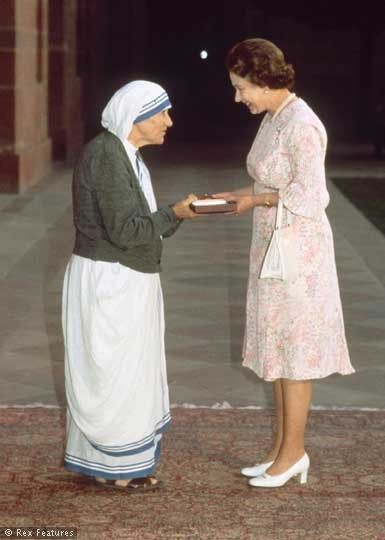
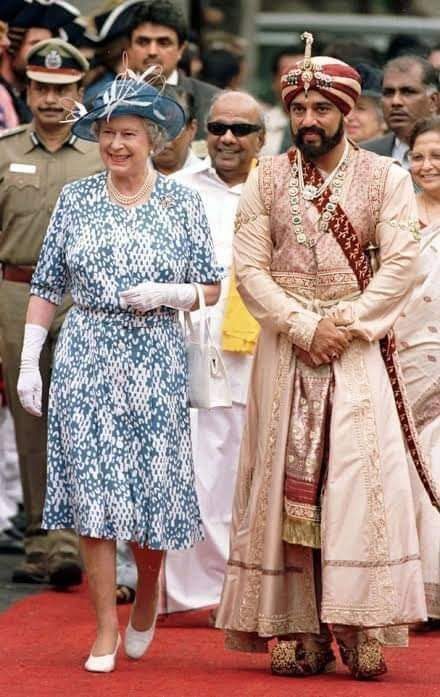 Her Majesty with Kamal Haasan during the shooting of Marudhanayagam[/caption]
Her Majesty with Kamal Haasan during the shooting of Marudhanayagam[/caption]